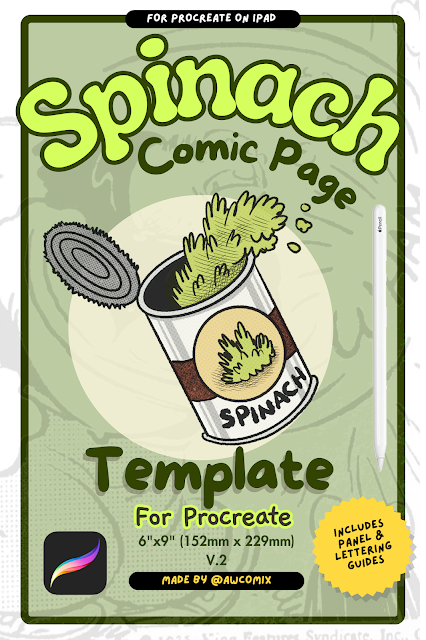DaveMahler writes:
Thanks Dave for your insights into your own different comic writing methods. I especially liked how you added the part at the end about fine liners and pencils, they’re the kind of details I want to hear more about, peoples rituals and superstitions.
Also today I tried to construct a template in word with six panels but gave up and moved over to InDesign as it has more flexibility. I then pasted in some typed text and printed it out. From there I did some editing with a pencil. The ruled up my page in my A5 sketchbook and wrote out the text again making a few more minor changes. So far this hasn’t sucked the fun out of it for me but has actually made it a little more interesting. I hope that it reads that way too.
"I started out doing comics with drawing up panels and dividing the conversations/narrative.
Then I started trying to script it out before hand with Word, writing Panel 1: person 1 does this and says "bla bla bla." and so on until I had my comic, then I divided the panels into pages.
I've tried storyboarding, using stick figures to show the action, but I find it confusing, and I only use it occasionally.
As far as little quirks go, I usually get inspired by things that happen to me, or snippets of conversation I hear. So I always carry around a little notebook and pen. I refuse to work with any pen but fineliners, unless I have no option. As far as pencils go, I need hexagonal pencils. Can't stand circles...I know its weird, but I guess that's just me, ha ha!"
Thanks Dave for your insights into your own different comic writing methods. I especially liked how you added the part at the end about fine liners and pencils, they’re the kind of details I want to hear more about, peoples rituals and superstitions.
Also today I tried to construct a template in word with six panels but gave up and moved over to InDesign as it has more flexibility. I then pasted in some typed text and printed it out. From there I did some editing with a pencil. The ruled up my page in my A5 sketchbook and wrote out the text again making a few more minor changes. So far this hasn’t sucked the fun out of it for me but has actually made it a little more interesting. I hope that it reads that way too.






Comments
Post a Comment